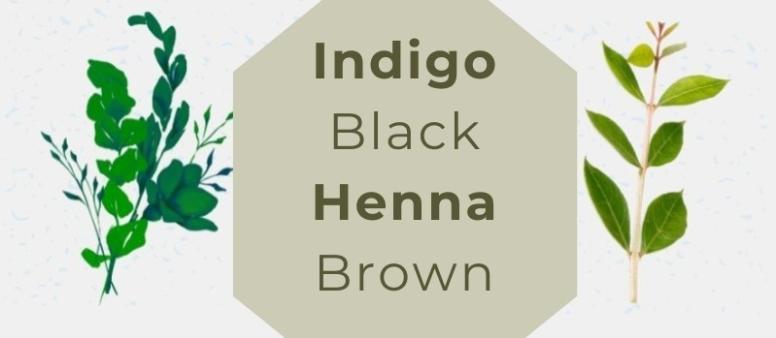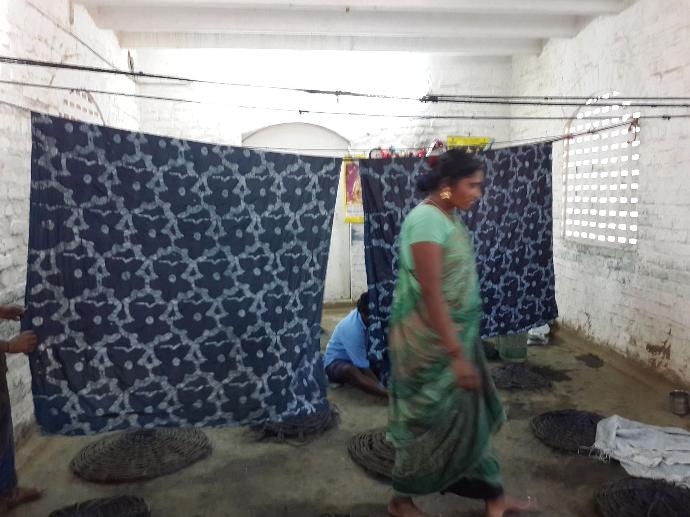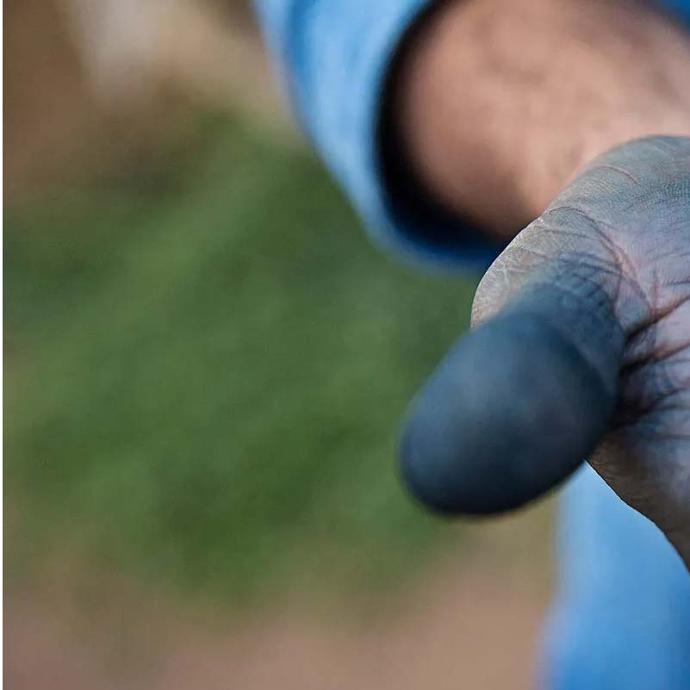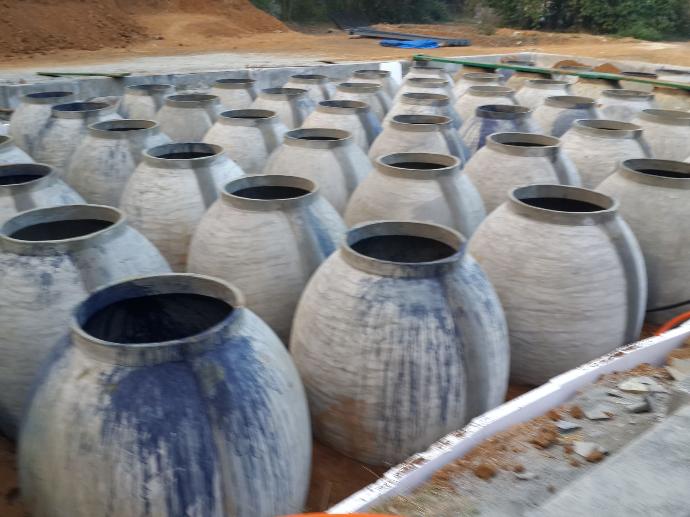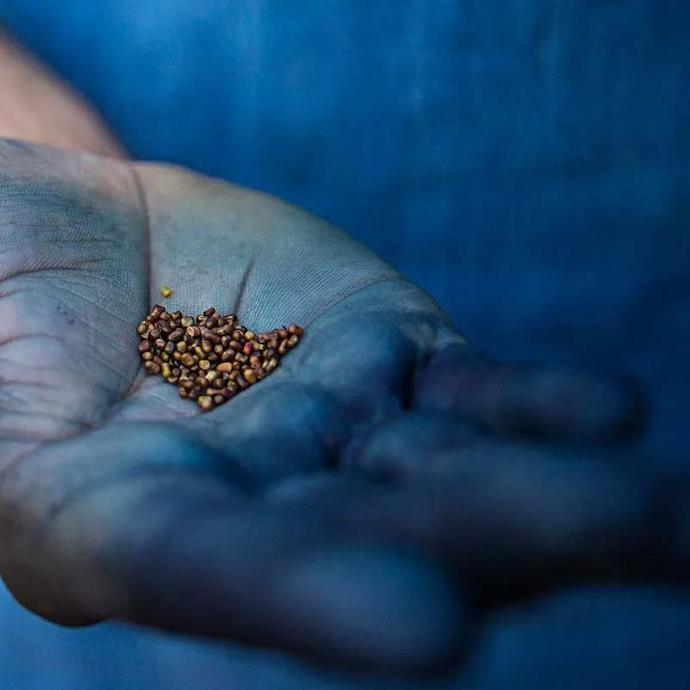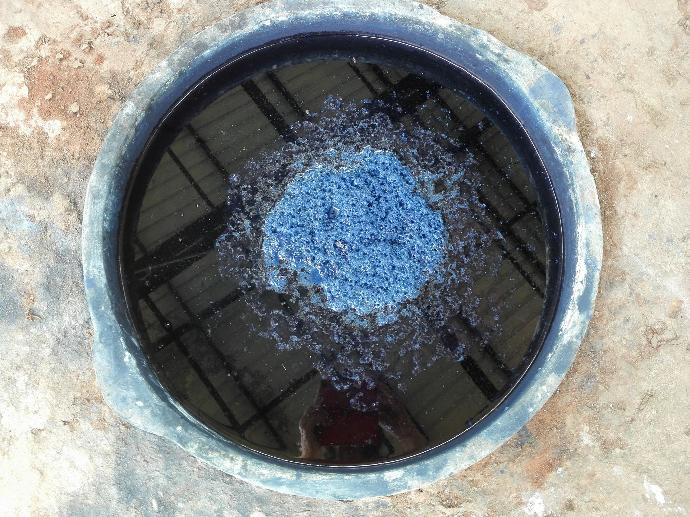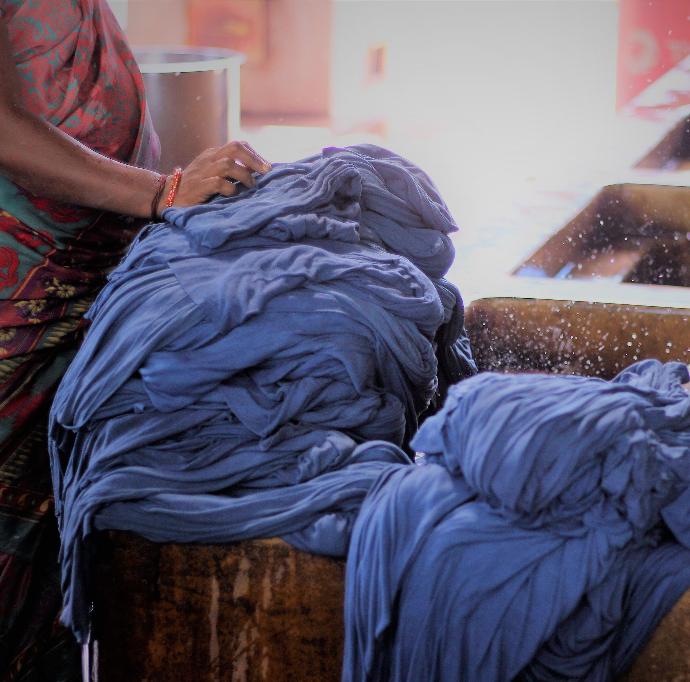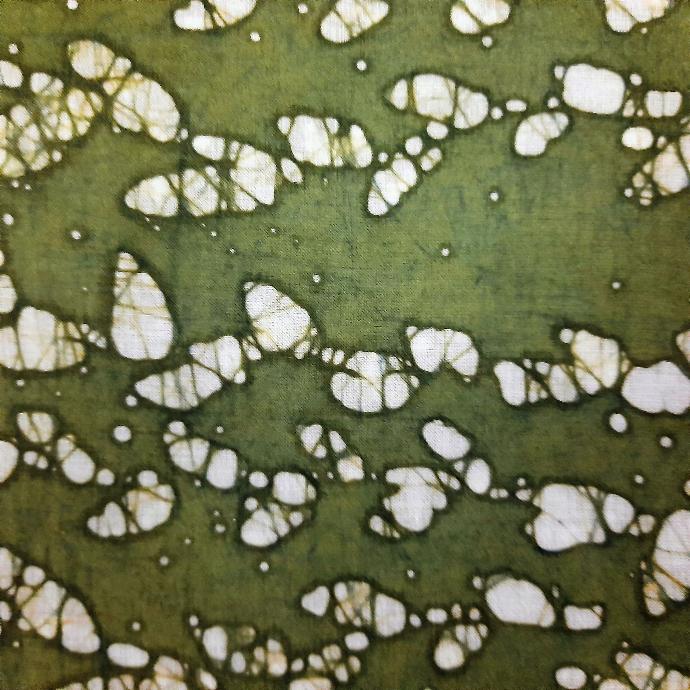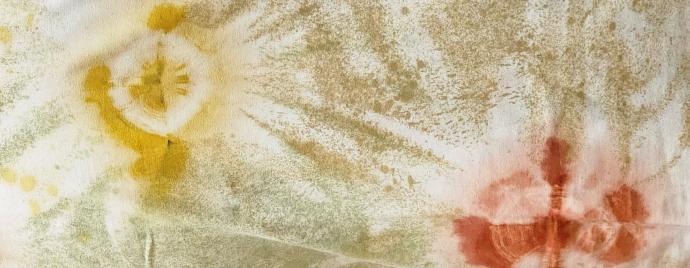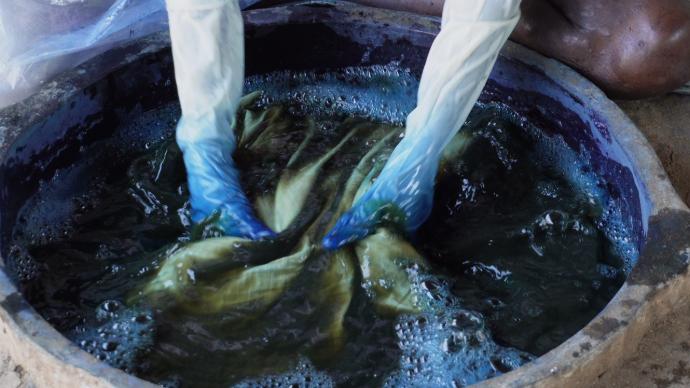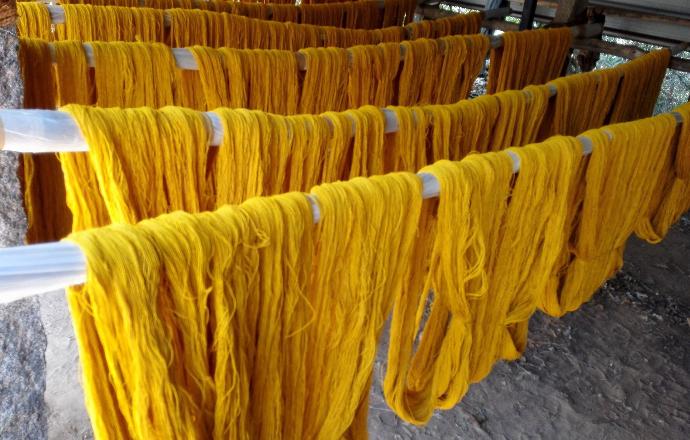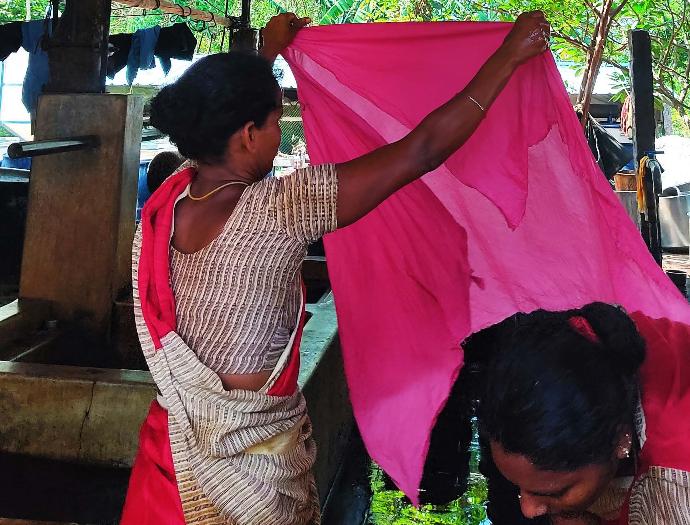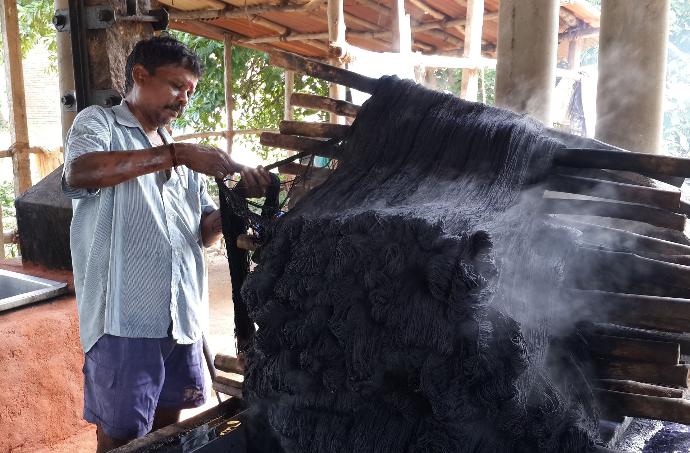WE DYE
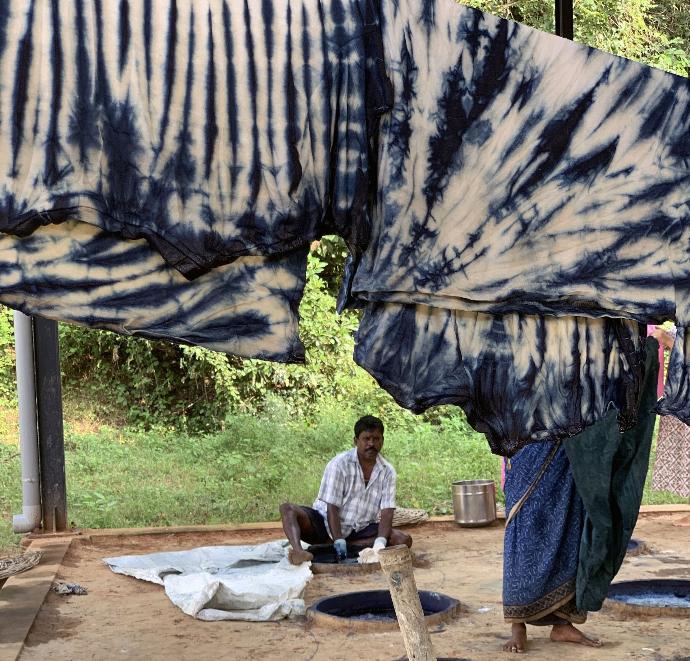
100% NATURAL INDIGO FERMENTATION
Our beginnings: finding a family that had kept the ancient knowledge of the natural indigo fermentation dyeing processes alive for generations - and bringing it back to 100% natural. The lack of smell gave it away! Since starting with a few 100 litre vats we now have 62 submerged vats of 1000 litres each. They were all fabricated locally in Auroville and are maintained like babies - yes that's how we see them, they need food & care & love every day. The organic growth that we have experienced is due to dedication, hard work, loyal customers & the support of Levi Strauss & Co. L.S.&Co. handpicked our Founder Jesus for their first Collaboratory program. Out of ten ideas around water saving, he was one to receive a grant for upscaling. We do regular lab checks to make sure that the indigo cakes we get remain unadulterated. Our supplier is located not far from us and they harvest the indigo leaves & extract the pigment through submerging & thrashing in water baths. Jesus continues to experiment and learn more. He talks about indigo & natural dyes across the world and is always interested in hearing from other experts or novices on the topic.
SOME OTHER PLANTS WE DYE WITH
This is not an exhaustive list, contact us to know more
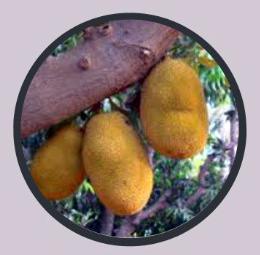
Jackfruit tree
The tree, not the fruit, gives amazing yellow hues. We use the by-product sawdust of others = upcycling = added eco-bonus. Myrobalan & other mordants are used in the process of dyeing with upcycled jackfruit sawdust.
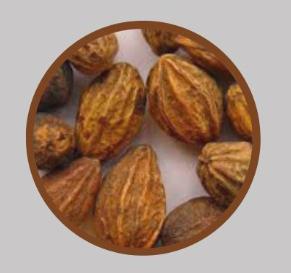
Myrobalan (Terminalia Chebula)
Myrobalan can be used as a mordant and as a dye needing no mordant. The outcome is a light buttery yellow or a yummy khaki, in combination with iron. It is the fruit of an India-native 30m tree that is used for dyeing.
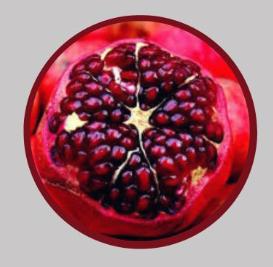
Pomegranate
Pomegranate peel is rich in several structural forms of tannins, making it an excellent candidate for dyeing. The rind, not the fruit, gives a very lightfast colour, but the hue of the yellow produced is linked to how ripe the fruit is.
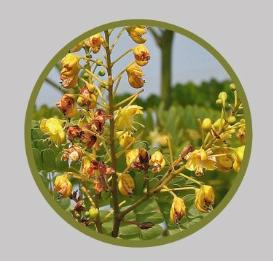
Sappan wood
A favourite for its luscious pinks, wonderful purples, and exquisite reds, Sappan wood is not always easy to dye with or to maintain, but we've got pretty good at it. The dyestuff of the plant that is doing the job is called brazilin.
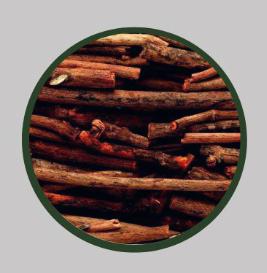
Madder (Rubia Cordifolia)
Known as Common or Indian Madder, or Manjistha, this plant yields a deep red. Belonging to the flowering coffee plants family, is the roots of this creeper that have been dyeing silk & wool red since ancient times. We love!
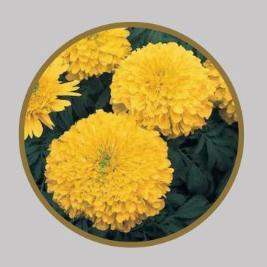
Marigold flower
This pretty flower produces yellow, and other colours when mixed. Dried flowers are ground into a powder and added to a pot for simmering, after which straining gives the dye. It is easily available & relatively easy to use!
PALETTE
This is not an exhaustive overview, contact us to know more or to explore ideas.
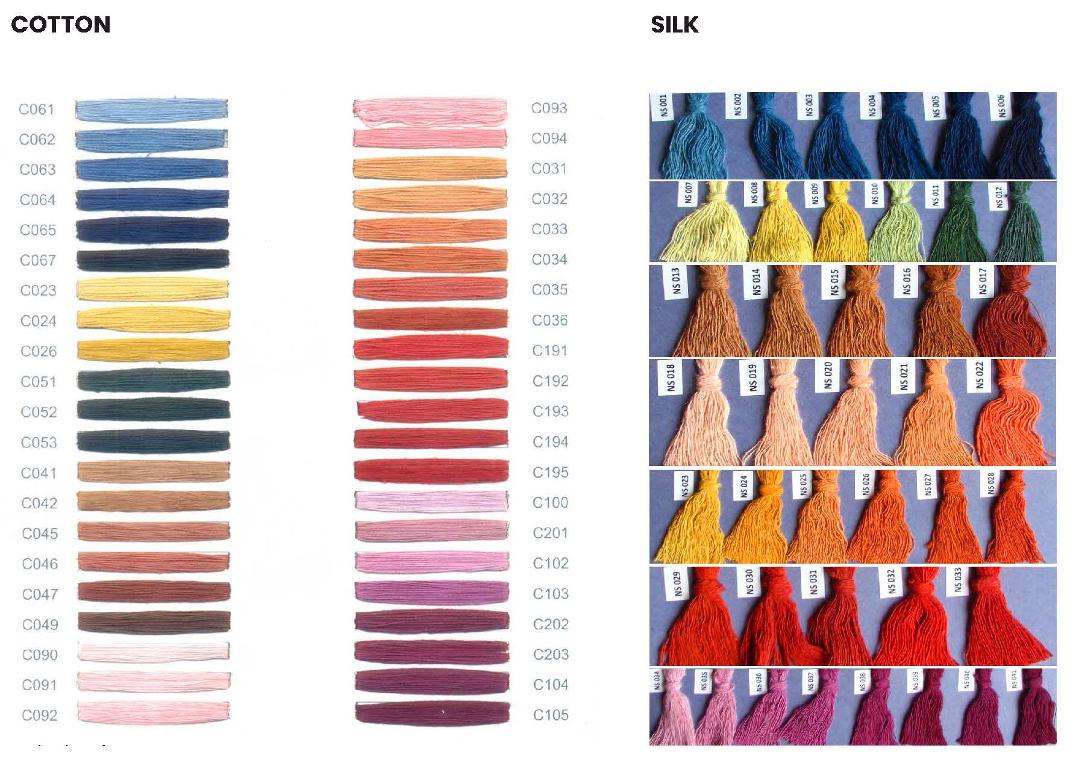
These are cards used at our office almost since ancient times. The colours we most use, for clients and our own garments are C061, 63, 67 & 67, C026, C042, C104 (which is actually a deeper pink) and C195 - but we have also added more khakis and ecru.
These are cards used at our office almost since ancient times. The colours we most use, for clients and our own garments are C061, 63, 67 & 67, C026, C042, C104 (which is actually a deeper pink) and C195 - but we have also added more khakis and ecru.
We use Natural Plant-based Dyes in small batches.
Because of this:
Some unevenness and variation in colours will be there, giving a sense of a living product.
Wash separately in cold water for the first few washes.
Some colour release normally occurs during early washes.
Natural fading over time adds to the unique character of your garment.
FASTNESS TABLE
HAIR DYES
We also offer two 100% Natural Hair Dye products: Henna Brown and Indigo Black.
Whether you want to dye your hair brown using henna or black by combining henna and indigo, be sure to give our dyes a try.
They are available in our physical stores in Auroville, and soon online.
Links to the instructions:
